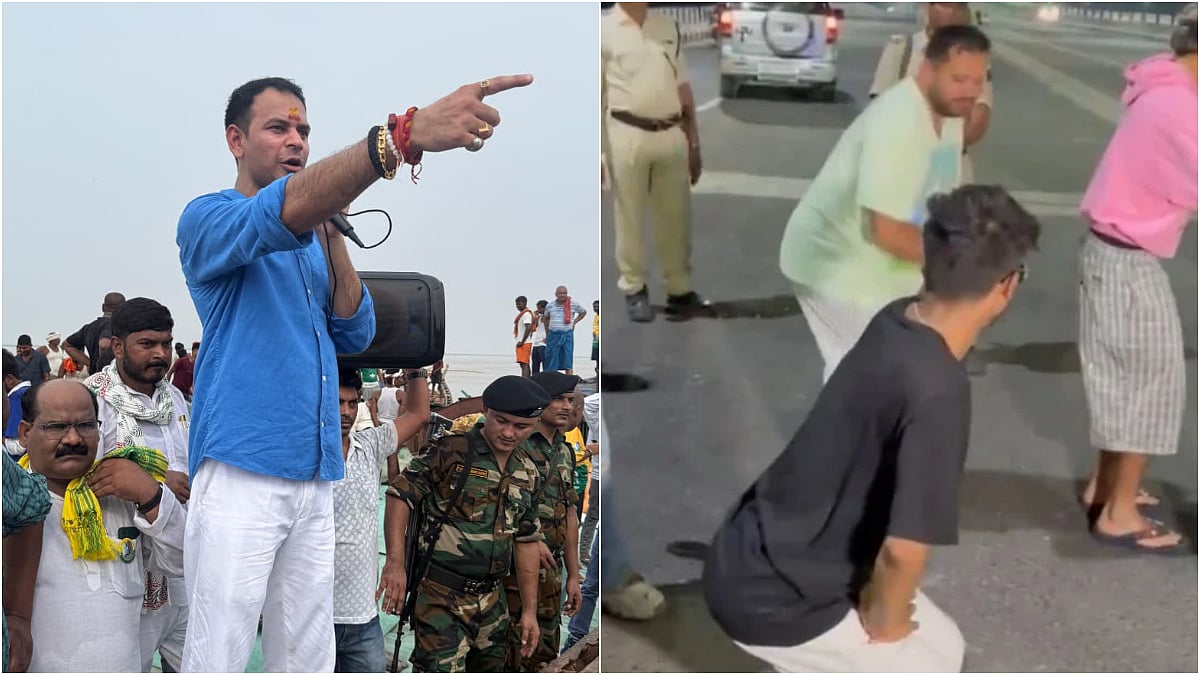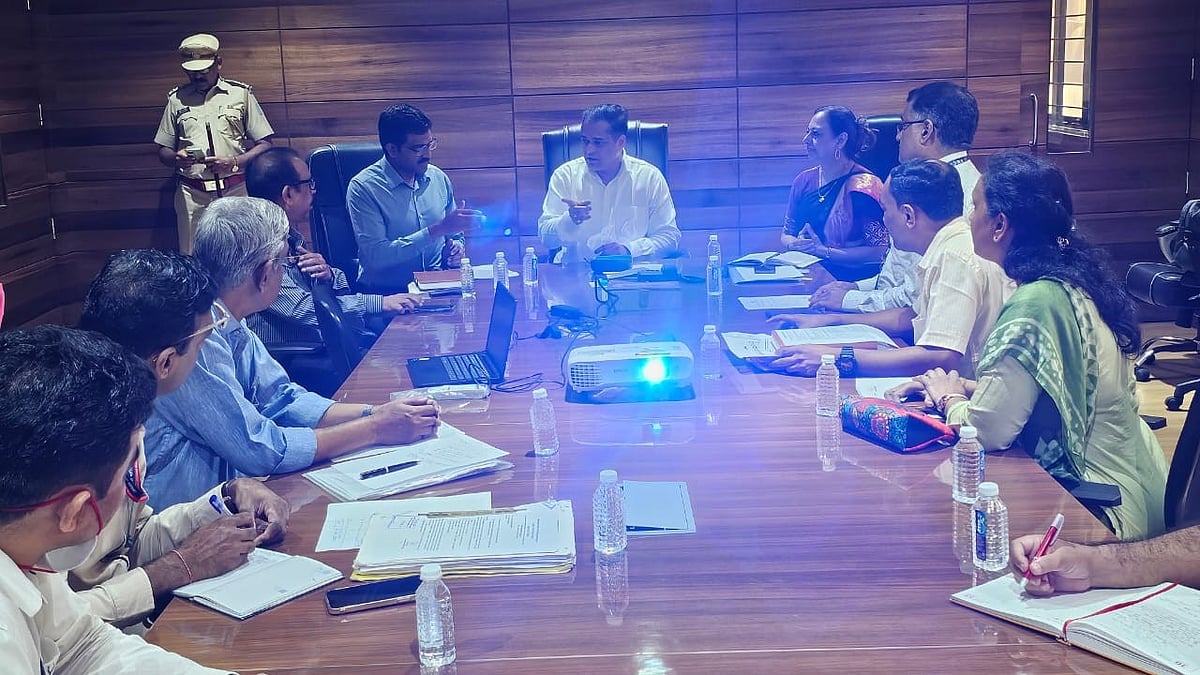Acquisition of education is acquisition of wealth. By 2030 world inequality will be the lowest it has been since the (relatively) halcyon days of the mid-19th century.
…close to 80 percent of its population had no schooling in the 19th century…In any case, Britain’s bad’ elitist policy towards education rubbed off on the leaders of its colonies. Jawaharlal Nehru, himself an erudite liberal educate at Oxford, felt the country had to build temples of excellence (read universities), before expanding primary and secondary education. This policy in retrospect (and prospect) was elitist, and India paid for it through the perpetuation of large absolute poverty for a lot longer and growth rates at a lot slower..
Education and technological advances and the strong interdependence between the two make the extrapolation from past difficult as it will bring non-linear changes
India and China would have collectively recovered in forty eight years what they have lost in 480 years.
The future course of Western history will likely be of men catching up with women.
The country with the least discrimination against women (in corporate board room) is India.
The middle class is a sense of values, an indicator of aspirations, a belief in ‘law & order’.
But elites, if I may say, have the survival ability of a cockroach.
Above are the gems from the book ‘The New Wealth of Nations’. All the gems are backed by data, graphs and analysis. The author has looked at the data from a different perspective and has arrived at some interesting analysis and findings which can’t be questioned. Author differentiates between ‘Income’ and ‘Wealth’ and points out how the world mixes up the two, wrongly.
The basic theme of the book is “Education is the wealth of people”. Author has modified the traditionally accepted world regions for this book, and only time will be able to decide it is correct way of looking at it.
It is a book on Macro-economy and to read and understand the book, reader will need to have basic understanding of statistics. Understanding of Gini coefficient will not suffice. One should be able to understand the following sentence as well: “(NWt – NRt)/NRt where N refers to the number of college graduates in each year t, and W and R refer to the West and Rest respectively.”
The book has certain flaws. In chapter 3 the author says “India and Sri Lanka are ethnically diverse country, and Bangladesh and Pakistan are homogenous country”. Bangladesh and Pakistan were also ethnically diverse country, just before 50 to 70 years respectively and were ruthlessly converted into a homogenous country. A book on macro-economy can’t overlook facts or base the analysis on half truths. Some of other glaring oversights in the book are listed below.
The New of Wealth Nations
Author: Surjit S Bhalla
Publisher: Simon & Schuster
Pages: 207; Price: Rs 599
In Chapter 5, the author writes “The Brahmins ensured that no one besides them would be able to read any of the many holy books that constitute Hinduism”. The author is unaware of the fact that the most respected Hindu scripture Ramayana was written by Adi Kavi Valmiki who was a highway robber and one of the most popular saint of today Baba Ramdev none are Brahmins. Besides this author could have referred the well documented work of Dharmpal, which lists cast wise students in different schools during early British period.
In the chapter 13, the author writes “..look at the Charlottesville white Americans and the brown gau rakshaks (cow vigilantes) in India … both have less than the average level of education. Both (likely, and here I am indulging in informed speculation) have seen their spouses perform better than them in marketplaces, which only enhances their sense of insecurity.”
Author doesn’t provide any day and admits that he is writing based on speculations. One can’t write a book based on speculations. The book doesn’t mention a single word about Islamic terrorism which has got some of the highest educated in its ranks and is impacting the wealth of whole world.
In chapter 4, the author writes “A useful pointer is the fact that it takes the population of 171 countries to make one India, 174 countries to make one China. So an analysis of just two countries can be a useful summary of the experience of over 350 countries, i.e. the entire world twice over.” Difficult to fathom that someone can write a book with such assumptions.
It is saddening to see a book with so many flaws coming from an author who is part of Economic Advisory Council of Prime Minister of India. Language and flow of the book is reader friendly and an index would have been helpful.










